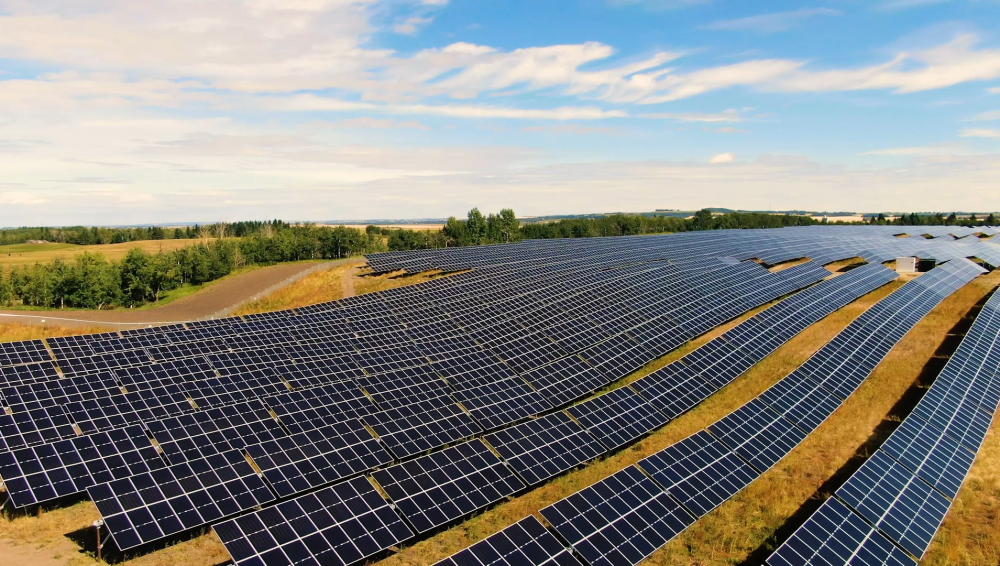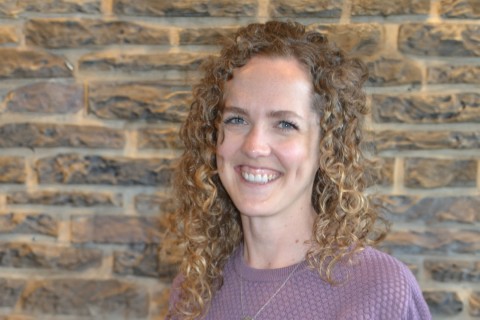It can be challenging to find ways to fund small town budgets, especially in a pandemic-constrained world. But the rural Alberta town of Innisfail is quietly and confidently doing just that, and in an unexpected way: through a prosperous local renewable energy economy. In fact, the town just received the Parkland Airshed Management Zone’s Blue Skies Award for its forward-thinking work.
The Pembina Institute has been working closely on how to communicate about climate and energy in Alberta since launching our Alberta Narratives Project in 2018. Our team was keen to talk to the local leaders in Innisfail to understand more about how renewables gained traction in the community and how the town plans to build on its momentum.
Investing in renewables is an economic positive
The town has a 25-megawatt solar farm, an electric ice resurfacer, and it just named an Energy Champion on its municipal staff to explore more renewable energy opportunities. The projects have brought in new revenue streams and opened the doors to even more economic opportunities.
“The project is a very positive addition to the municipality from an economic perspective,” said Jean Barclay, councillor for the town of Innisfail. “The owner of the solar farm, Elemental Energy, is also contributing $20,000 per year to a community fund, so they are a great corporate citizen and bring even more benefit to the community.”
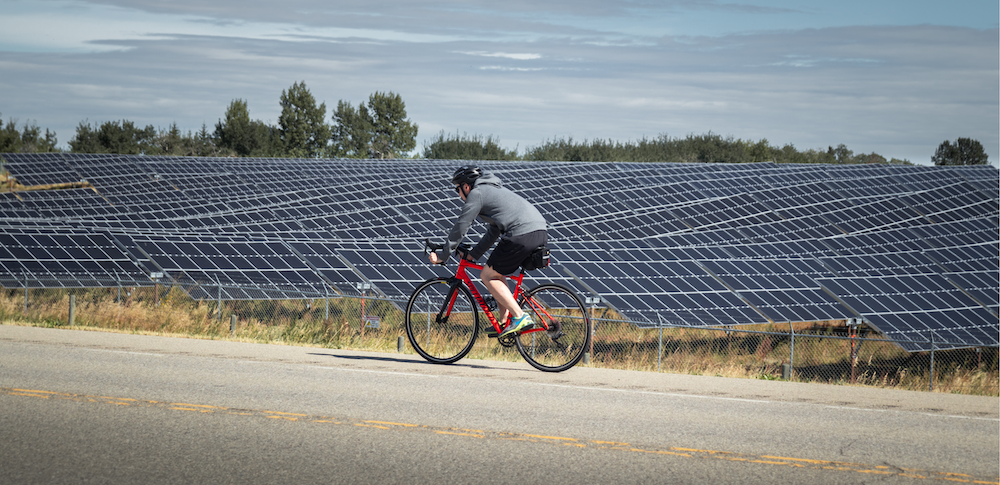
A roadmap for engaging on climate and energy in Alberta’s small towns
Proposing to transform a local economy can be difficult, especially using new projects that are emblematic of climate change and the tough conversations that go along with it. Innisfail’s success can provide a roadmap for other municipalities hoping to break into the emerging renewable economy.
Town and council leadership makes a difference
The fact is that citizens in Innisfail weren’t having many conversations about renewable energy until — prompted by a local investor — town and council brought these ideas to the table. Innovative, forward-thinking leadership and an openness to conversation from town and council were needed to break that ground.
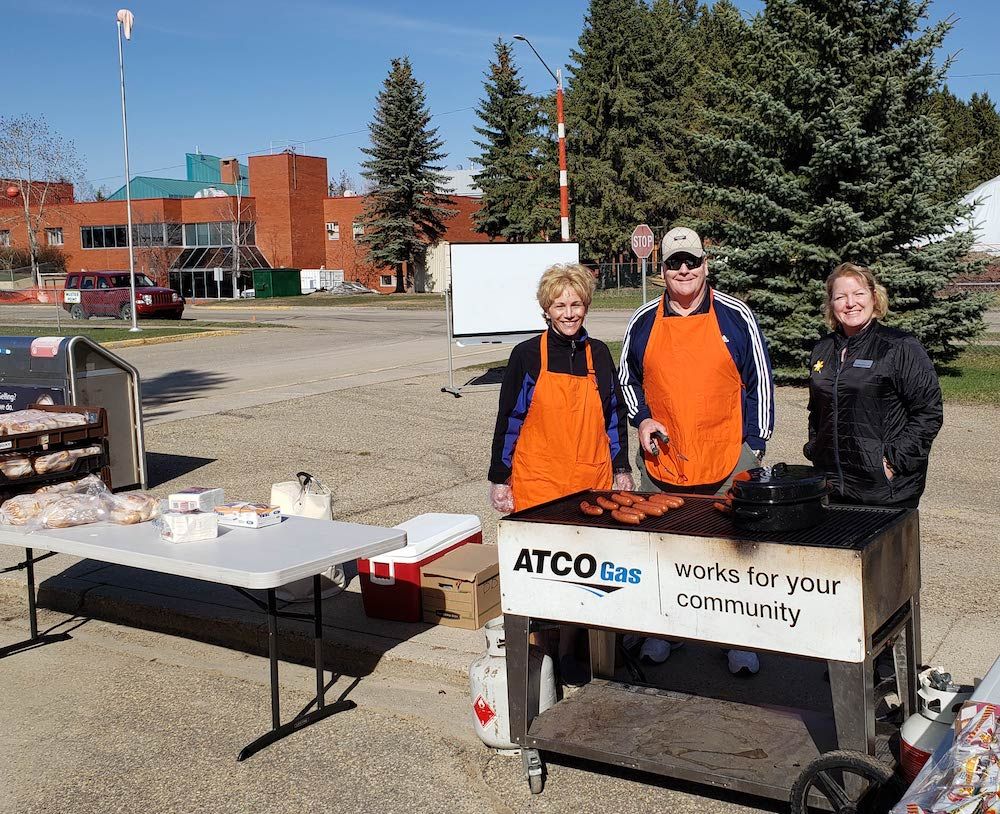
The key is communication
Of the challenges, Barclay said “it goes back to communication, communication, communication.” Barclay and chief administrative officer for the town of Innisfail, Todd Becker, say that a key part of their success was finding the right messenger. A local investor brought the solar farm project proposal to council and championed the idea. As a trusted voice in the community, the investor was able to communicate the plan and its benefits effectively.
Even so, Innisfail’s story was not without its challenges. Constituents had reasonable concerns about how their money was being invested and whether the solar farm was a smart deal. The town’s staff and council made sure they validated these concerns, addressed them in an honest and open way, and showed the plan could work. For example, the town mitigated financial risk by leasing, rather than purchasing, the land that the solar farm would be built on.
“We had to think of how to pitch it to council and how it would be received by the public,” Becker said. “But it didn’t take long to understand the benefits.”
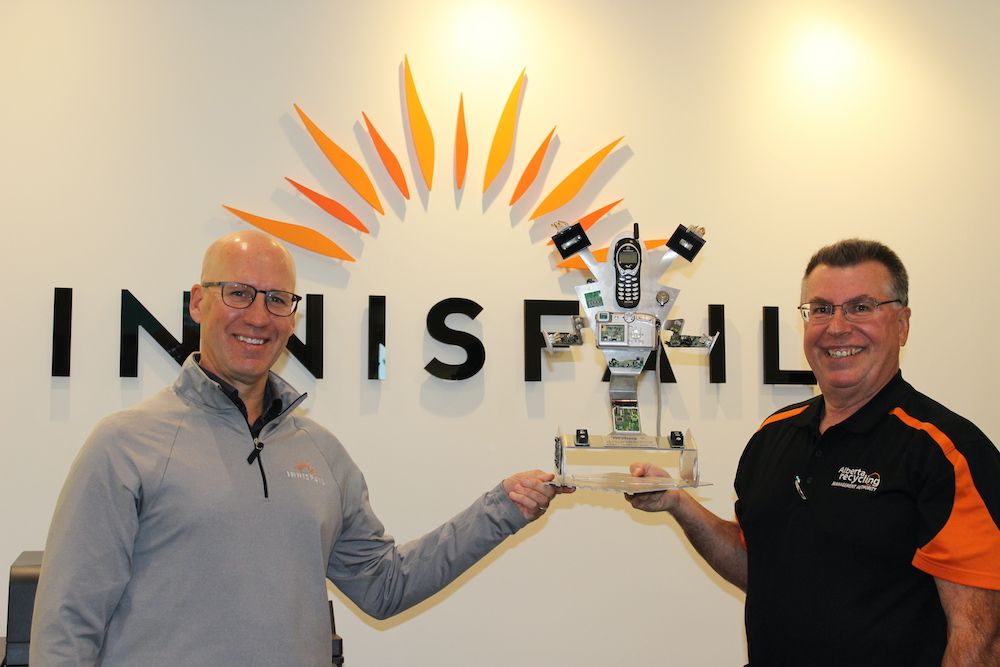
Just the beginning for Innisfail
Having recently won an Alberta Recycling Award as well, the forward momentum is strong for Innisfail. The town is focusing on building knowledge (its “energy IQ,” as Becker puts it) and looking at more opportunities for energy innovation. An ambitious project already underway is an energy audit of the town to help create plans for new technology to potentially replace current systems.
“My goal is to help council achieve what [our] vision can be, because there’s great opportunity,” he said. “I think that’ll be a discussion moving forward . . . looking at the benefits of energy and innovation as opportunity to enhance our revenue streams to serve our community.”
Want to learn more about approaching climate conversations in Alberta?
Talking about climate and energy in Alberta can be hard, there’s no question about it. The Alberta Narratives Project was created to help make the conversation easier.
Through open round table conversations with hundreds of Albertans, the project has identified the language that works best to foster supportive and productive discussions about climate change and energy in Alberta. Check out the new, easy-to-use Alberta Narratives Project communications tools to learn more.


